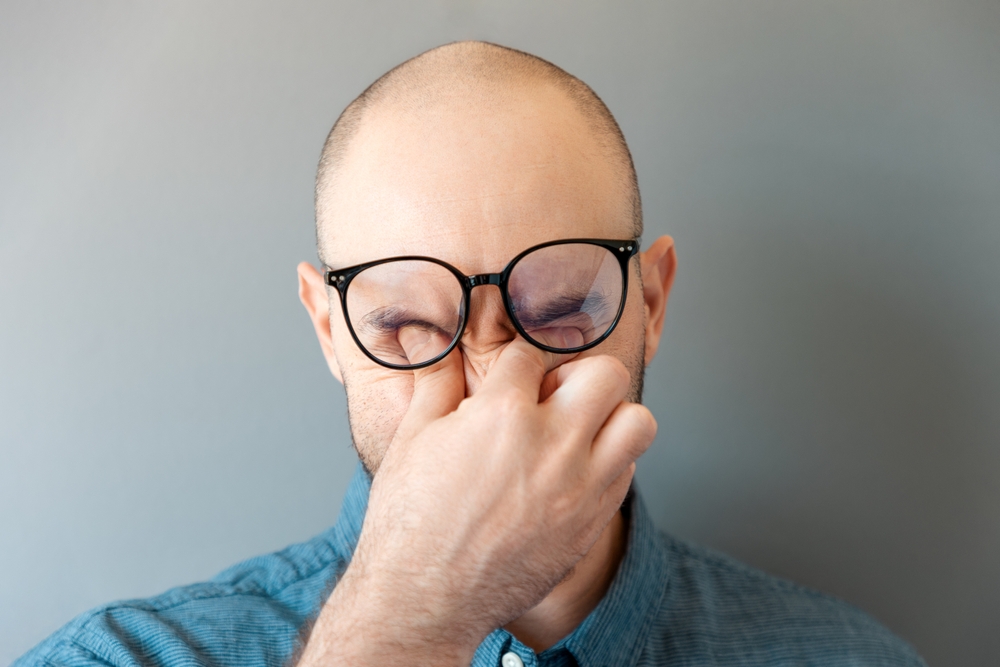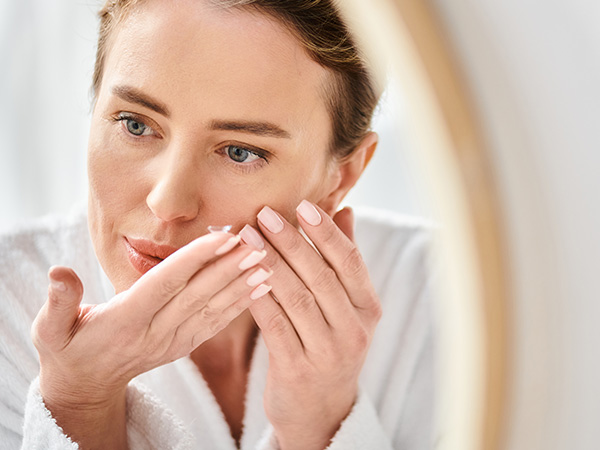
Dry eye syndrome is a common condition that affects millions of people, often leading to discomfort, blurred vision, and irritation. One of the primary causes of dry eye is meibomian gland dysfunction (MGD), a condition where the meibomian glands in the eyelids become blocked or fail to produce enough oil to maintain a healthy tear film. Fortunately, advancements in eye care have introduced innovative treatments like Intense Pulsed Light (IPL) therapy and Low-Level Light Therapy (LLLT) to help relieve dry eye symptoms by improving meibomian gland function.
What is IPL Therapy?
Intense Pulsed Light (IPL) therapy is a treatment originally developed for dermatological conditions but has proven highly effective in managing dry eye caused by MGD. IPL therapy uses light pulses to penetrate the skin around the eyelids, targeting inflammation and stimulating the meibomian glands to function properly. This treatment:
Reduces inflammation and bacterial overgrowth around the eyelids
Improves meibomian gland function and oil secretion
Helps to stabilize the tear film for longer-lasting moisture
Decreases the severity of dry eye symptoms over time
IPL therapy is typically performed in a series of sessions, with noticeable improvement after a few treatments.
What is Low-Level Light Therapy (LLLT)?
Low-Level Light Therapy (LLLT) is another non-invasive treatment for dry eye and MGD that uses light energy to stimulate the meibomian glands. Unlike IPL, which uses intense pulses, LLLT uses lower-energy light waves to gently warm the eyelids, encouraging better oil production and reducing inflammation.
Some key benefits of LLLT include:
Safe for all skin types, including those who may not be ideal candidates for IPL
Non-invasive and painless treatment
Improves blood circulation and stimulates gland function
LLLT is particularly beneficial for patients with more sensitive skin or those looking for a gentler alternative to IPL.
Comparing IPL and LLLT for Dry Eye Treatment
While both IPL and LLLT aim to improve meibomian gland function and relieve dry eye symptoms, they work in distinct ways. IPL therapy uses intense pulses of light to reduce inflammation and stimulate oil secretion from the meibomian glands. It is particularly effective for patients with moderate to severe meibomian gland dysfunction (MGD), those experiencing inflammation, or individuals with rosacea-related dry eye. However, IPL may not be suitable for darker skin tones due to the way the light interacts with pigmentation.
In contrast, LLLT utilizes low-level light energy to gently stimulate gland function without the use of intense pulses. This makes it a completely painless and non-invasive option, making it ideal for patients with mild to moderate MGD or those with sensitive skin. Additionally, LLLT is safe for all skin types, including those who may not be candidates for IPL. By improving blood circulation and promoting tissue repair, LLLT provides a gentler yet effective solution for dry eye relief.
While IPL treatments typically involve a mild warming sensation and a slight snapping feeling on the skin, LLLT is entirely painless and comfortable. Both treatments generally require multiple sessions for the best results, though IPL tends to be performed in a structured series of four to five sessions, while LLLT can vary based on individual needs. Some patients benefit from combining both treatments, as IPL addresses inflammation while LLLT enhances gland function and supports overall eye health. Consulting with our optometrist can help determine which approach is best for your specific condition.
Schedule Your Dry Eye Consultation Today
If you struggle with dry eye symptoms, scheduling a consultation with Barry Huse OD & Associates can help determine the best treatment option for your needs. We will perform a comprehensive dry eye evaluation, assess meibomian gland function, and recommend a personalized treatment plan using IPL, LLLT, or a combination of both.
To learn more about IPL or LLLT for dry eye relief, schedule a consultation with Barry Huse OD & Associates. Visit our office in Tacoma, Washington, or call (253) 473-1050 to book an appointment today.







